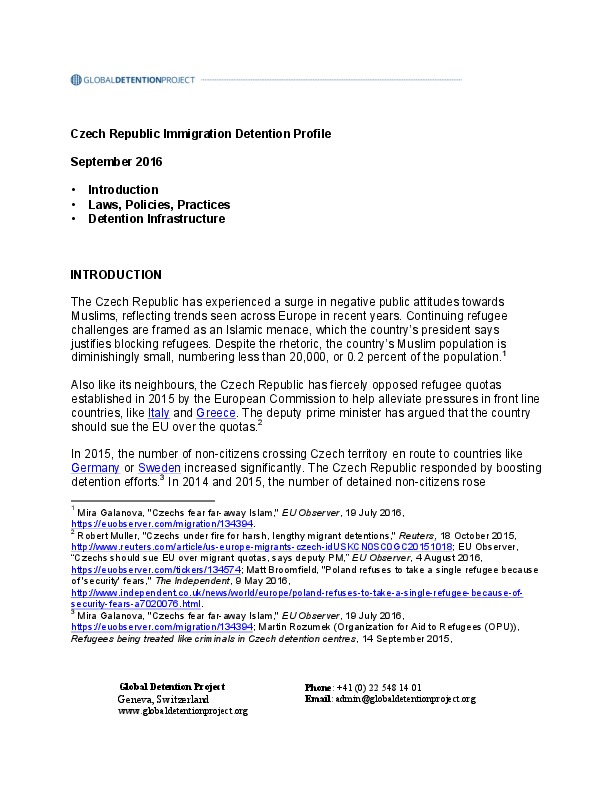The Czech Republic has experienced a surge in negative public attitudes towards Muslims and other foreigners. According to the UN High Commissioner for Human Rights, there are credible reports indicating that the country systematically abuses migrants’ rights as part of a deterrent strategy. The number of detained migrants rose from a few hundred in 2013 […]
Country ReportsIn-depth narrative reports examining trends and developments in migration-related detention laws and practices.
In-depth narrative reports examining trends and developments in migration-related detention laws and practices.
Immigration Detention in Poland
Although Poland has not faced the same refugee challenges impacting neighbouring countries, it has adopted similar responses. It accepts only a small number of asylum seekers, opposes EU relocation quotas, and has boosted its detention efforts. It recently amended its legal framework, including the adoption of alternatives to detention and restrictions on child detention. It […]
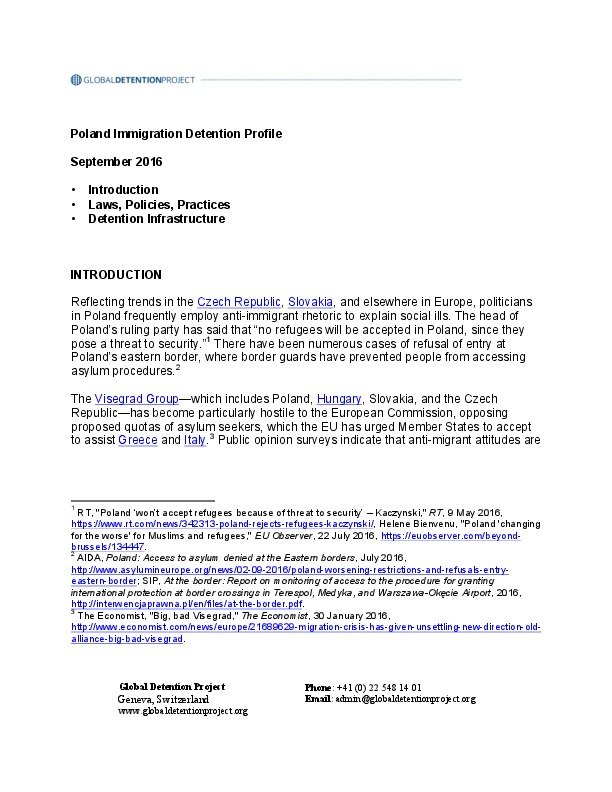
Immigration Detention in Slovakia
The Slovak Republic has pursued restrictive and discriminatory immigration policies since the onset of the refugee crisis in early 2015, even though the country has not faced nearly the same pressures as its European neighbours. Although the number of immigration-related detained is not very high—reflecting its relatively low apprehension numbers—there are indications of increasing numbers […]
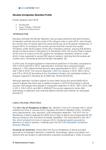
Immigration detention in Hungary
Hungary has experienced a surge in xenophobia and anti-migrant rhetoric recently. In 2015, the country constructed more than 200 kilometres of fences along its borders with Serbia and Croatia and amended its law to provide prison terms for those who break though these barriers. Immigration detention constitutes a key element in its deterrence efforts. While […]
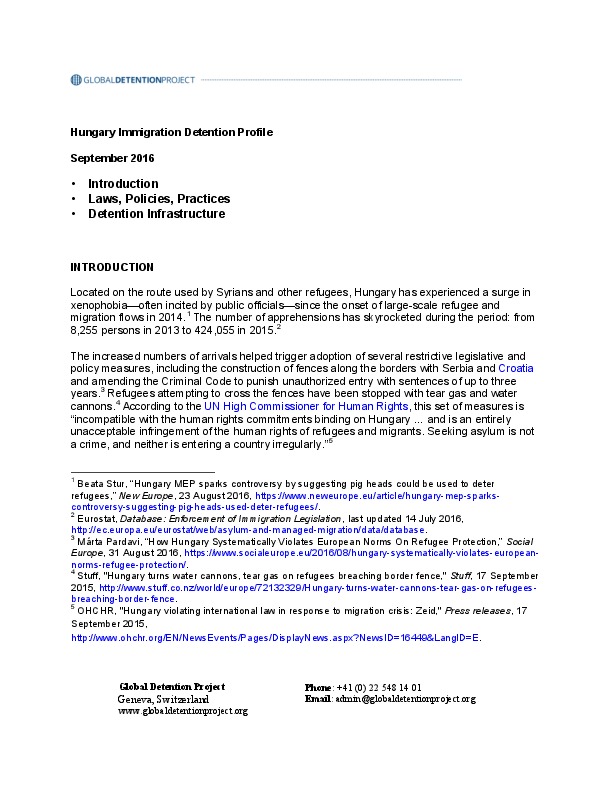
Immigration Detention in New Zealand
New Zealand has adopted stringent laws providing for immigration detention, including the detention of asylum seekers and children in cases of “mass” boat arrivals. The country has also lauded Australia’s offshore detention practices, saying they could help deter asylum seekers. But New Zealand has never experienced the type of migratory pressures that these policies are […]
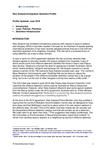
Immigration Detention in Angola
Angola has vigorously pursued a policy of expelling undocumented migrants for “national security” reasons, claiming that there are more than half a million people in the country illegally who are part of a “silent invasion.” The country has opened several dedicated immigration facilities, where thousands of non-nationals are detained every year to await removal, often […]

Immigration Detention in the United States
The United States operates the world’s largest immigration detention system. On any given day, the country has some 30,000 people in administrative immigration detention at an estimated cost of nearly $150 a day. In 2016, the combined budget of enforcement agencies was $19 billion. The country’s sprawling detention estate counts on some 200 facilities, including […]

Immigration Detention in Denmark
Denmark has introduced increasingly restrictive policies regarding foreigners. An amendment to the Aliens Act provides “special circumstances” for detaining asylum seekers, including the detention of asylum seekers who are part of “massive arrivals.” Other controversial measures include allowing police to seize the valuables of asylum seekers, the temporary postponement of the right to family reunification, […]

Immigration Detention in Nauru
Nauru operates a controversial offshore processing centre for Australia that accommodates asylum seeking men, women, and children. The facility, which is part of Australia’s “Pacific Solution,” has been the focus of global condemnation because of the mistreatment of detainees, high profile cases concerning the detention of children, and Australia’s long track record of employing policies […]

Immigration Detention in Sweden
For many years, Sweden was lauded for its comparatively humane treatment of undocumented migrants and asylum seekers. However, reflecting a wave of get-tough policies announced by other European countries in the wake of the Syrian refugee crisis, in early 2016 Sweden announced that it was introducing new border controls and planning to deport an estimated 80,000 […]


